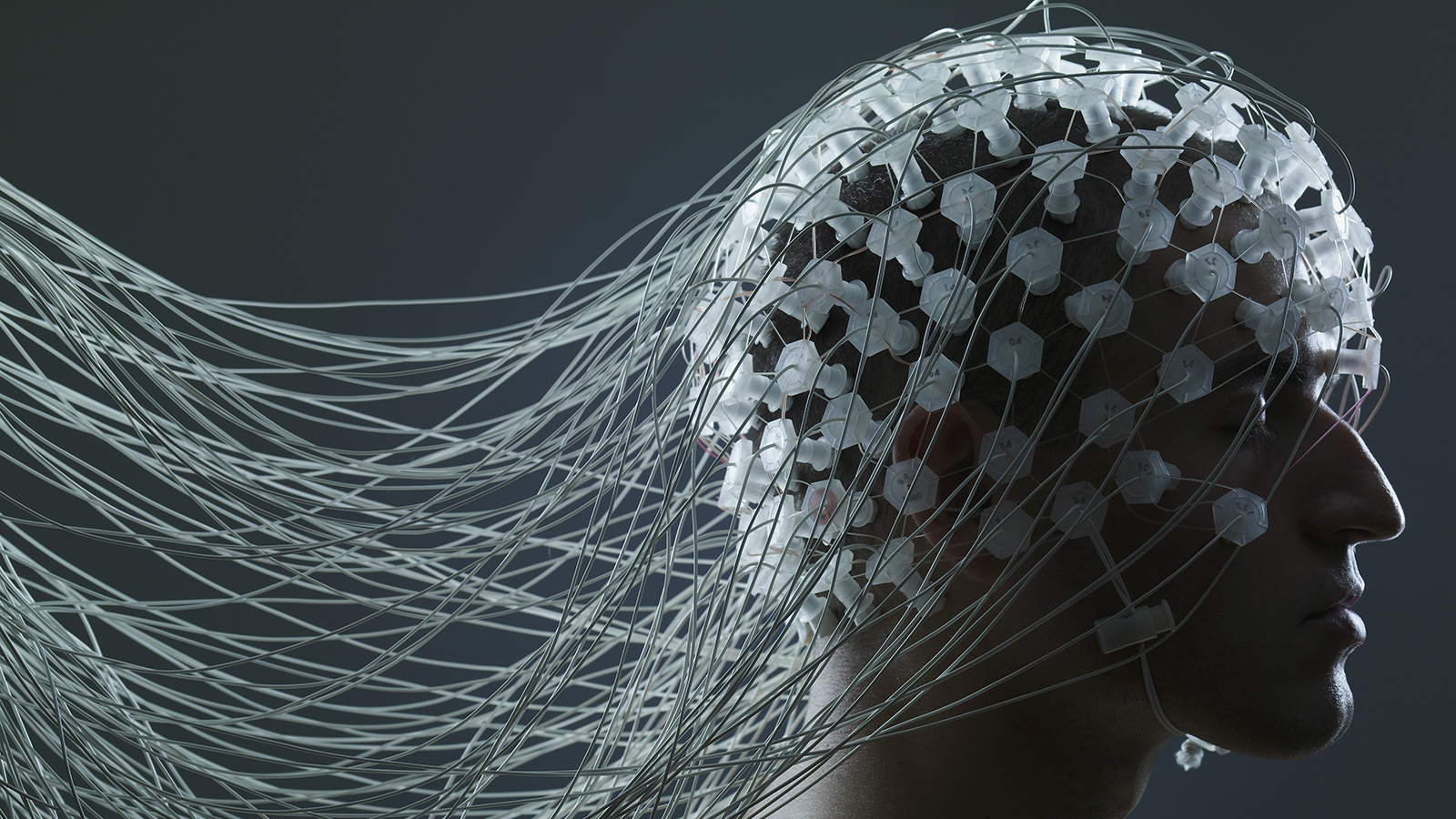A review on the current state of neuroprosthetics
DOI:
https://doi.org/10.58445/rars.72Keywords:
NeuroprostheticsAbstract
Neuroprosthetics are devices that use electrical signals from the brain to mimic the function of another body part. Frequently, these devices are used as a replacement for individuals with amputations or tetraplegia, the inability to move the upper or lower limbs of the body. While the current market has commercially available prosthetics that are an adequate replacement for a limb, the purpose of a neuroprosthetic is to provide full or near full functionality. On a day to day basis, an individual needs to be able to position the hand in space, rotate the hand, and grasp an object. By adding tactile feedback, as well as increasing the degrees in which the arm can move, a patient suffering from loss of limb can have a much more immersive experience. In this paper, we will review the current state of the field of neuroprosthetics, including how they work and how recent advances such as tactile feedback and increasing degrees of freedom can improve them.

Downloads
Posted
Versions
- 2022-12-24 (2)
- 2022-11-23 (1)
Categories
License
Copyright (c) 2022 Pranav Tekumalla

This work is licensed under a Creative Commons Attribution-NonCommercial-NoDerivatives 4.0 International License.

